Reflex - Web App Development
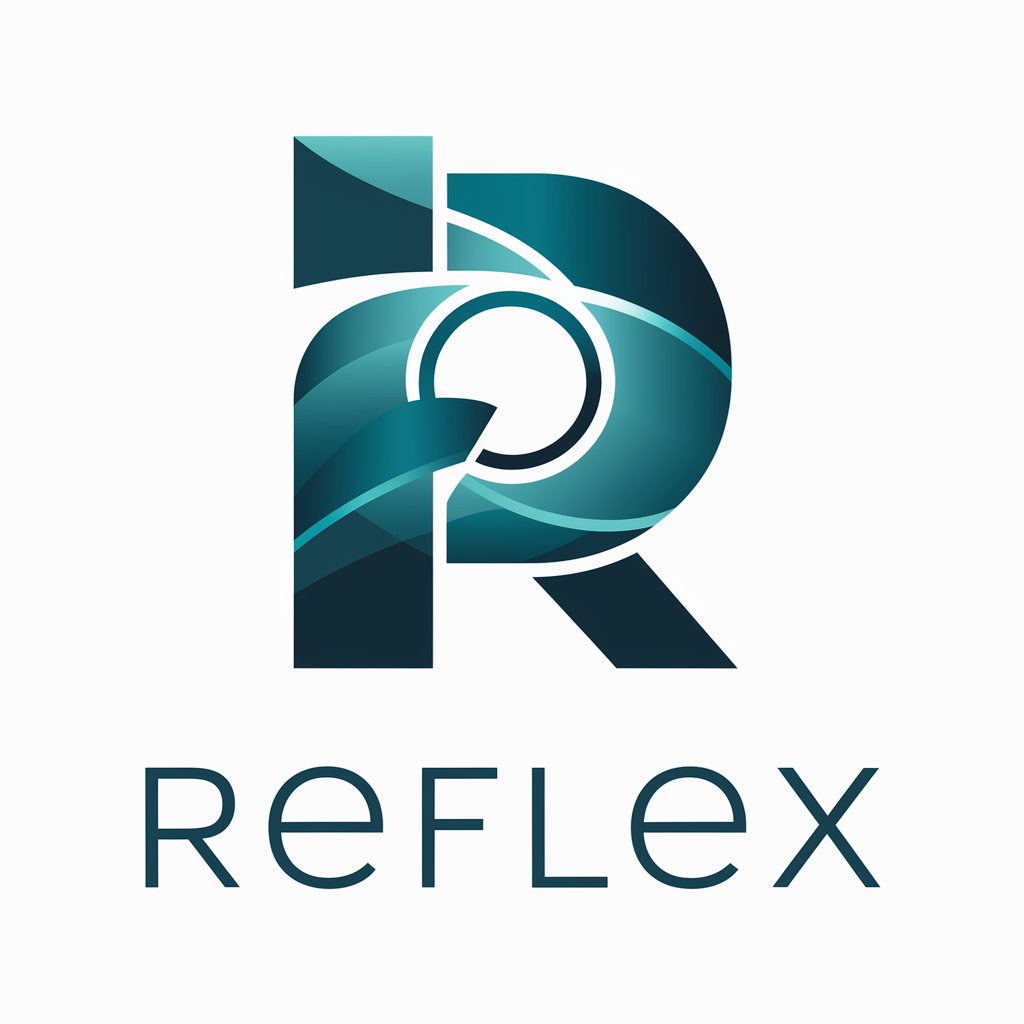
Welcome to Reflex, your gateway to dynamic web apps!
Empower your web apps with AI
Create a dynamic web application using Reflex that...
Demonstrate the state management capabilities of Reflex by...
Showcase how Reflex can handle asynchronous updates by...
Develop a complex form input system with Reflex that...
Get Embed Code
Overview of Reflex
Reflex is a Python-based framework designed to simplify the development of dynamic and interactive web applications. It integrates features like state management and advanced form controls to cater to the needs of modern web development. Reflex excels in scenarios where client-side interactivity is crucial but needs to be managed without frequent server round trips. This is facilitated by its ability to maintain state between the client and server seamlessly. An example of Reflex's application is in a web-based analog and digital clock, where it manages time updates and user interactions like timezone adjustments dynamically without reloading the page. Powered by ChatGPT-4o。

Core Functions of Reflex
State Management
Example
In a to-do list application, Reflex can manage the state of the list, including additions, deletions, and updates of to-do items. This ensures that the user interface remains in sync with the backend data without manual intervention.
Scenario
Consider a scenario where a user adds a task to their to-do list. Reflex can update the user's view instantly by adding the new task to the list displayed on the webpage, while simultaneously updating the server state.
Form Controls
Example
Reflex's 'form_control' component allows for creating complex forms with validations and dynamic form fields. For example, in a survey application, form fields can be shown or hidden based on previous answers.
Scenario
In a survey where a respondent needs to provide details on software usage, if they select 'Yes' to using a specific software, Reflex can dynamically display additional questions related to the frequency and type of use, thus tailoring the survey in real time.
Asynchronous Updates
Example
Reflex supports asynchronous functions to handle operations like periodic data fetching or real-time updates, crucial for applications like live sports scoreboards or stock market tickers.
Scenario
For a live sports scoreboard, Reflex can be set to fetch the latest scores every minute without reloading the entire page, thereby providing viewers with continuous updates while they watch other content.
Target Users of Reflex
Web Developers
Web developers are primary users, especially those focused on creating highly interactive web applications. Reflex is particularly beneficial for developers looking to maintain rich interaction without the complexity of heavier frameworks or excessive client-server communication.
Startup Tech Teams
Startup teams benefit from Reflex due to its ease of use and the rapid development capabilities it offers. Startups needing to implement dynamic features quickly find Reflex's straightforward integration and scalable nature ideal for fast-paced development cycles.

How to Use Reflex: A Step-by-Step Guide
Start with a Free Trial
Visit yeschat.ai to start using Reflex without needing to log in or subscribe to ChatGPT Plus, offering you a hassle-free beginning.
Explore Documentation
Read through the comprehensive documentation provided to understand the framework's capabilities and how to effectively use its components like 'form_control'.
Setup Your Development Environment
Ensure you have a modern web browser and a code editor installed. Reflex works best with the latest web technologies.
Create Your First Project
Use the Reflex templates to start your first project. This can range from simple forms to complex interactive applications like the clock app example.
Experiment and Iterate
Begin coding and testing your application. Use the state management and asynchronous functions to create dynamic, responsive web apps.
Try other advanced and practical GPTs
Mad Man, Copywriting Ace
Craft Compelling Copy with AI

demo1 xcxpy1
Optimize Your Card Listings with AI

Psych Insight
Understanding Minds, Empowering Change

Code Companion
Empowering Code Evolution with AI
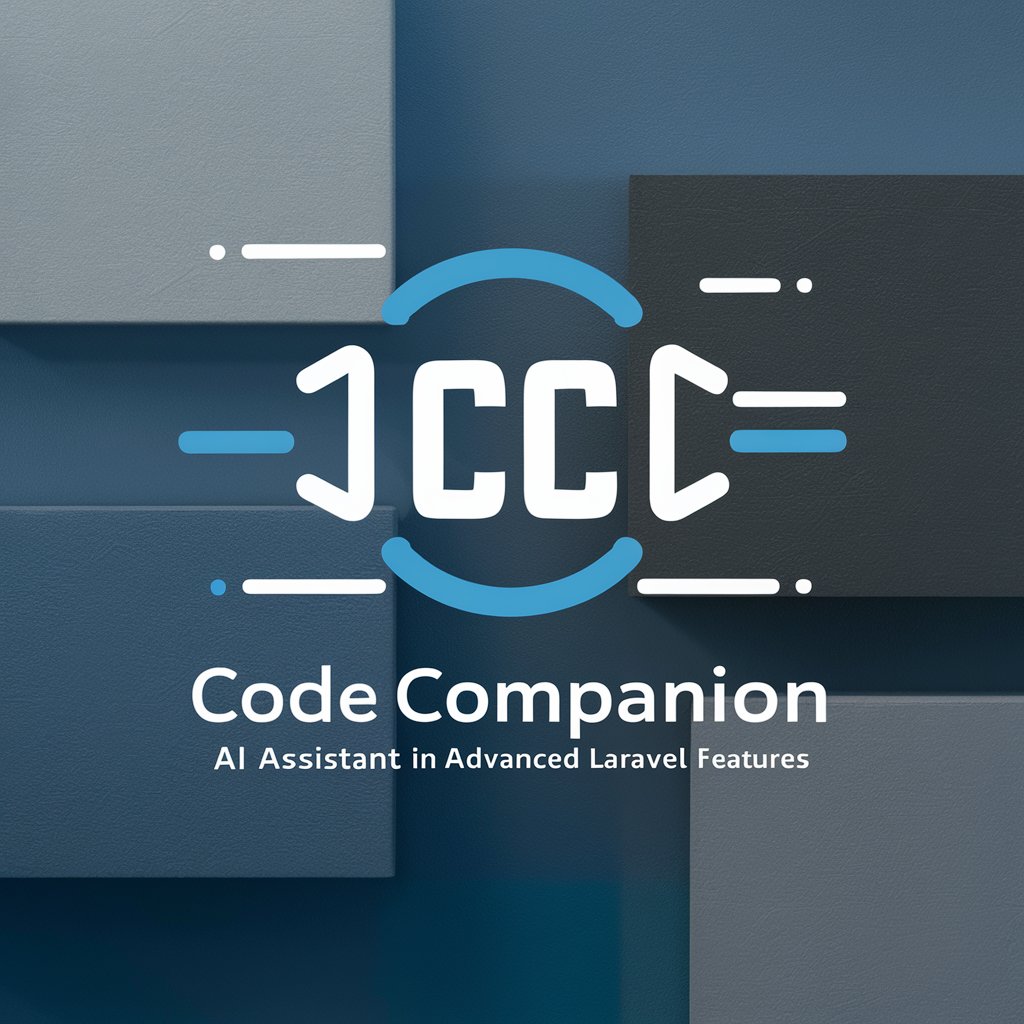
OpenMP Ninja
Empower your code, parallelize with AI

SARS Tax Advisor
Streamlining SA Tax Complexity

GPT Pilot Prompt Generator
Enhancing Coding with AI

Atomizer
Instantly turn content into clear bullet points
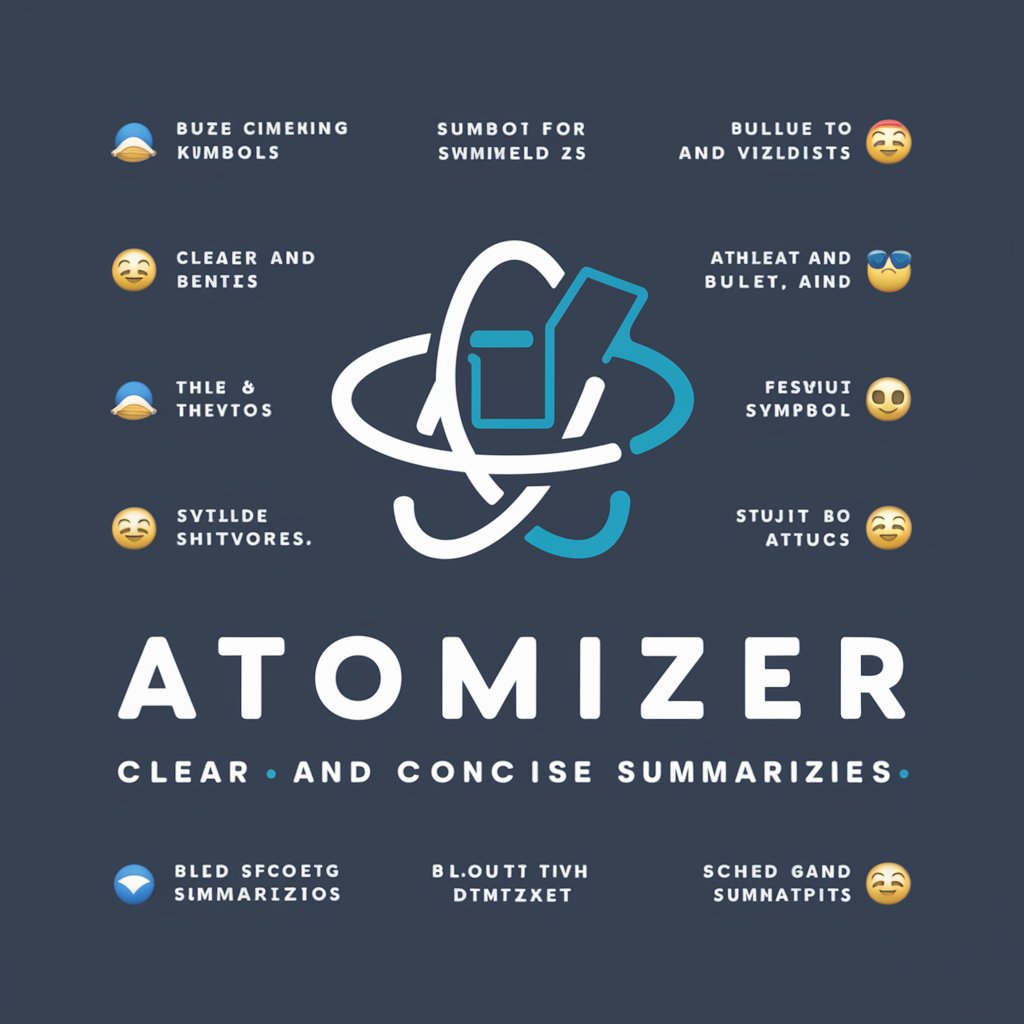
Devin
AI-powered coding expertise at your fingertips
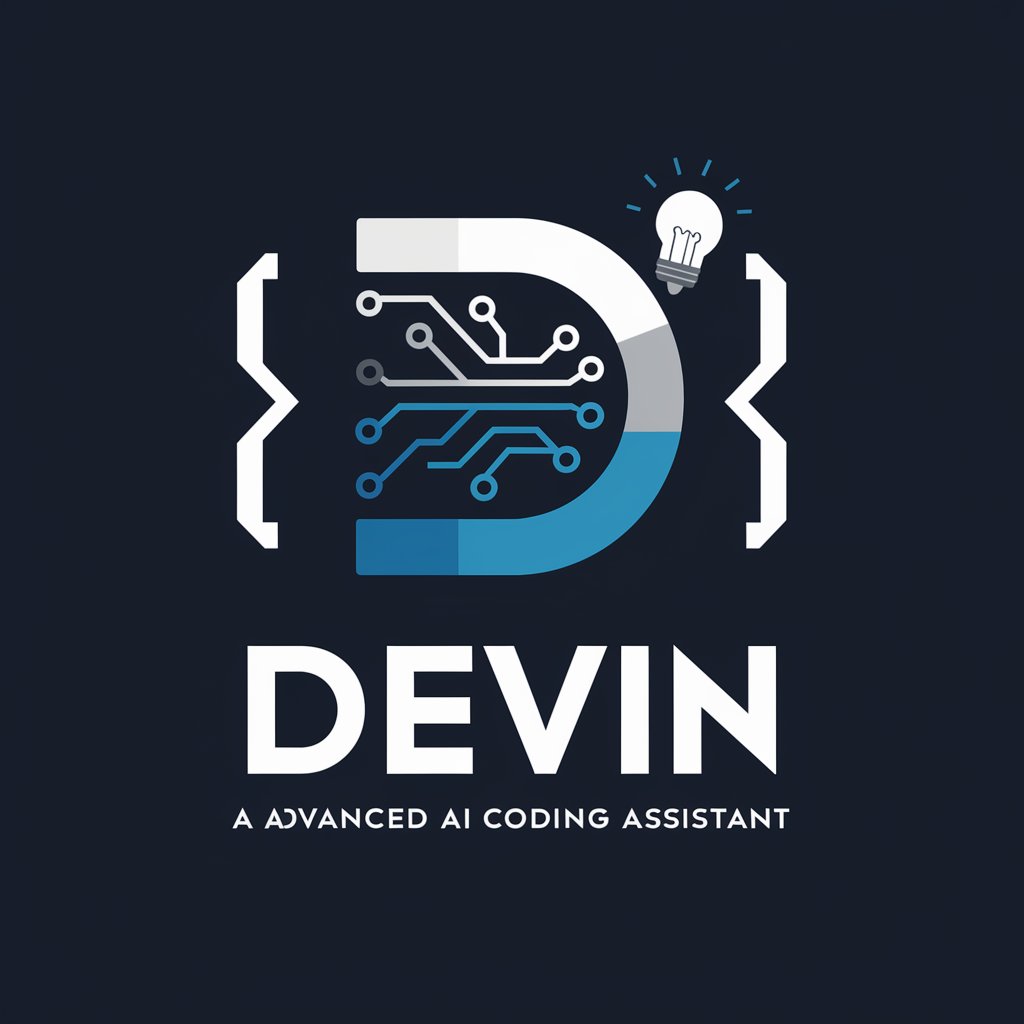
Devin
Revolutionizing software development with AI.
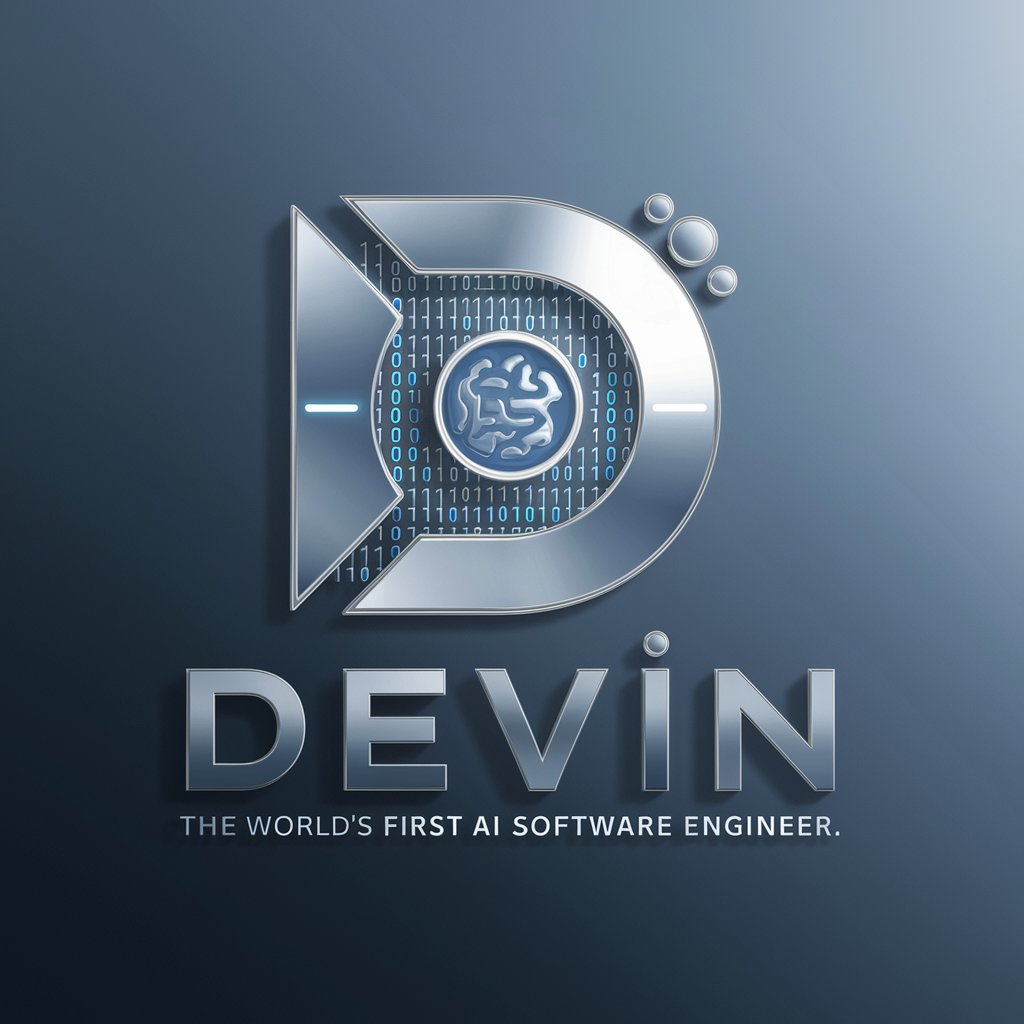
🤖Devin: AI Software Engineer💻
Powering Coding with AI
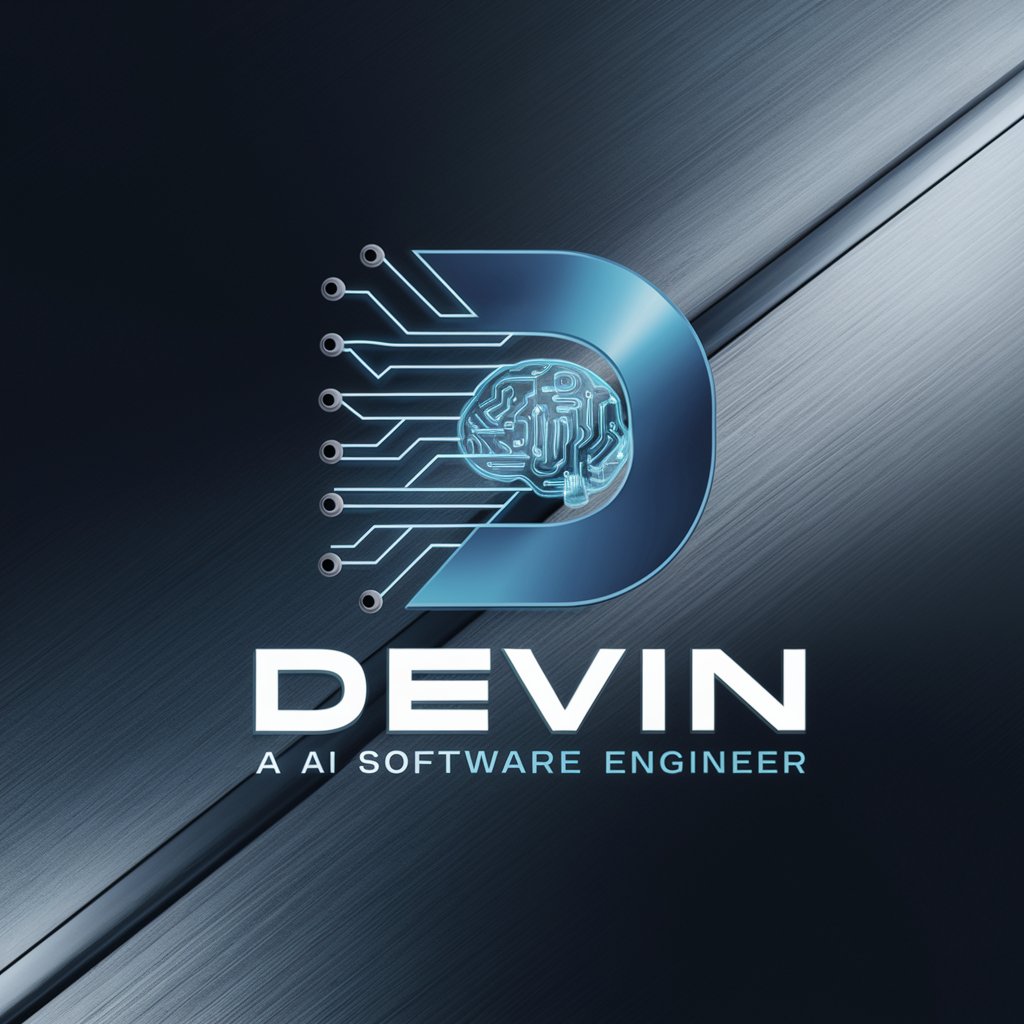
Dan - The Guiding Light
Empowering Decisions with AI

Frequently Asked Questions About Reflex
What is Reflex?
Reflex is a Python-based framework designed for building dynamic and interactive web applications easily. It includes advanced features like state management and component-based architecture for efficient app development.
How does Reflex handle state management?
Reflex uses a sophisticated state management system that allows developers to maintain state across the application without manual DOM updates, facilitating a seamless user experience even in complex scenarios.
Can I use Reflex for real-time applications?
Yes, Reflex is suitable for real-time applications as it supports asynchronous functions and dynamic data binding, making it ideal for applications requiring real-time updates, such as live dashboards.
What are some typical use cases for Reflex?
Common use cases include form-heavy sites, interactive dashboards, and time-sensitive applications like booking systems or event calendars, where real-time data handling and state management are crucial.
How does Reflex enhance developer productivity?
Reflex enhances productivity by reducing boilerplate code and providing a suite of pre-built components and utilities that streamline the development process, allowing developers to focus more on business logic rather than infrastructure.
